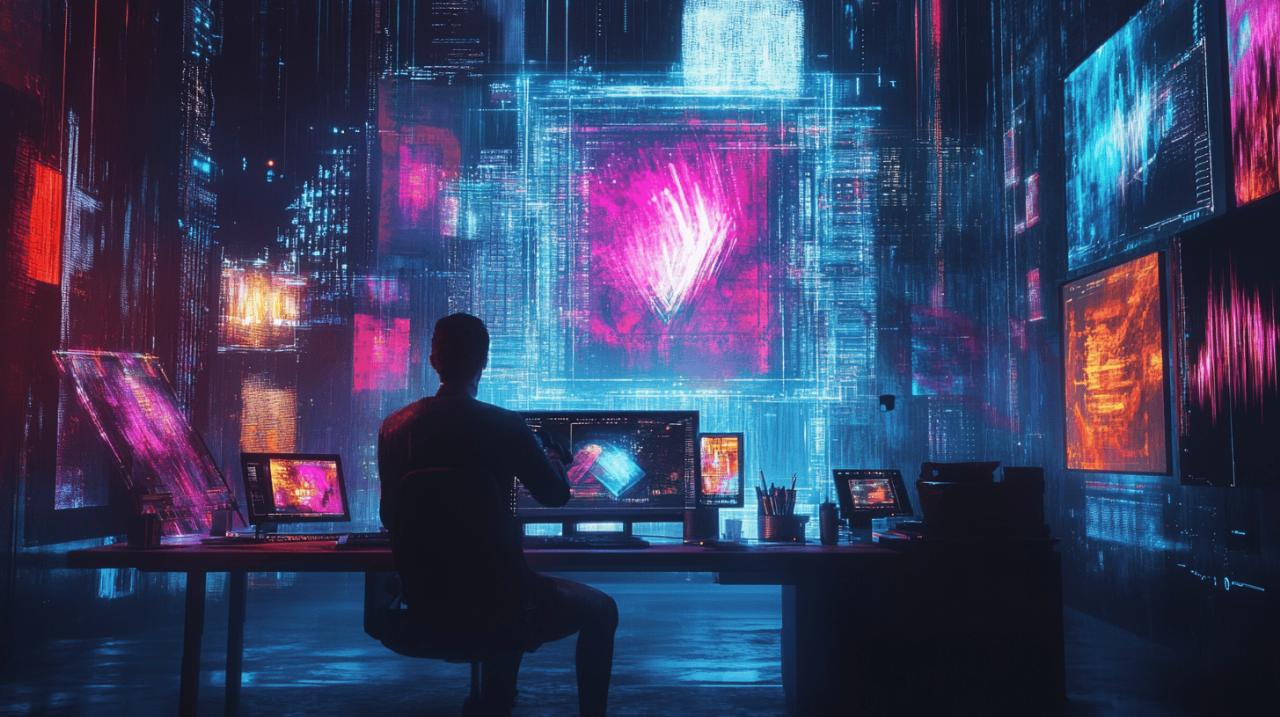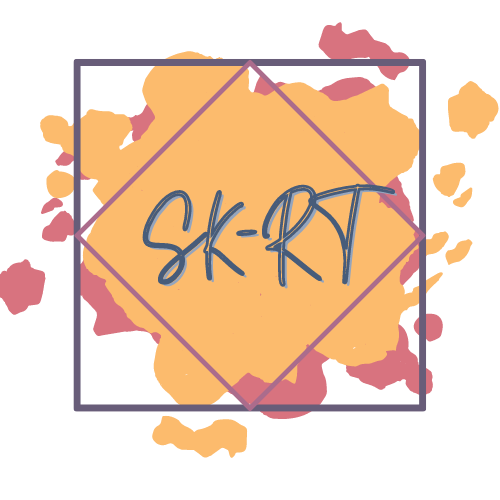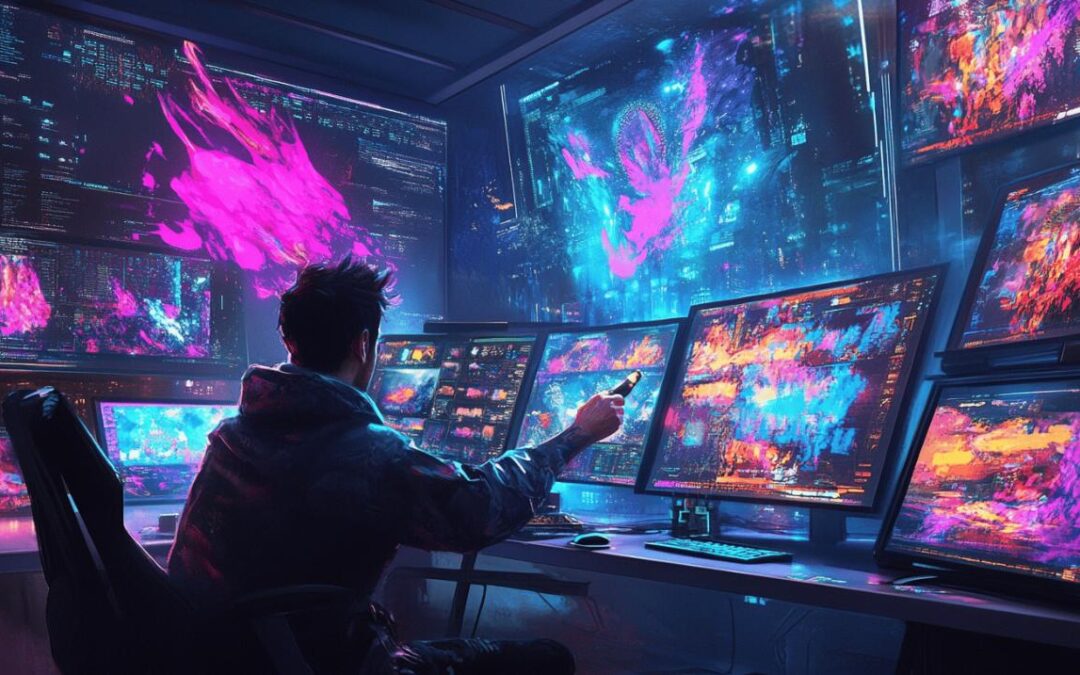The creative design landscape is undergoing a remarkable transformation, with artificial intelligence emerging as a powerful catalyst for innovation. Among these technologies, image GPT stands out as a revolutionary force that's redefining how designers conceptualise and execute their visual ideas. This powerful AI tool combines sophisticated neural networks with deep learning capabilities to generate stunning visuals from simple text prompts, opening new horizons for creative professionals across industries.
The Evolution of AI in Design
From basic tools to intelligent design assistants
The journey of AI in creative design has been nothing short of extraordinary. What began as simple photo editing software has evolved into sophisticated systems capable of understanding and generating complex visual content. Early design tools merely executed specific commands, but today's AI systems like image GPT can interpret conceptual ideas and transform them into visual realities. Since 2022, AI image generation has gained tremendous popularity, with platforms like DALL-E, Midjourney, and Stable Diffusion leading the charge. These systems analyse vast datasets of images to develop an understanding of visual patterns, styles, and concepts.
Why Image GPT Stands Out in the AI Design Landscape
Among the growing landscape of AI design tools, image GPT has established itself as a frontrunner. Nation AI, formerly known as My Image GPT, created by Botnation AI, exemplifies the capabilities of this technology. What sets image GPT apart is its sophisticated neural network architecture that processes and generates visual content with remarkable precision. The latest iterations, like GPT-4o, integrate text, images, and audio understanding within a single model, creating a truly multimodal experience. With 120 layers of neural networks trained on 13 trillion tokens of diverse content, GPT-4o can handle up to 20 objects in a single image and allows for conversational refinement of generated visuals. This represents a significant improvement over previous models, offering designers unprecedented control over their AI-assisted creations.
Transforming creative workflows
Speeding up the conceptualisation process
The impact of image GPT on creative workflows has been transformative, particularly in terms of efficiency. Early enterprise adopters report 40-60% time savings in creative processes, with even more dramatic results for specific tasks. For instance, creating restaurant menus sees a 95% reduction in time, product infographics 85%, and product mockups 75%. This efficiency comes from the technology's ability to quickly translate conceptual ideas into visual drafts, allowing designers to iterate rapidly. Rather than spending hours creating initial mockups, designers can generate multiple concepts in minutes, then focus their expertise on refinement and personalisation. The technology excels at handling routine design tasks while freeing human creativity for more strategic and nuanced work.
Collaboration between human creativity and ai capabilities
Far from replacing human designers, image GPT is emerging as a powerful collaborative partner. The technology augments human creativity by handling technical aspects of design while allowing professionals to focus on conceptual thinking and emotional resonance. This partnership works particularly well in brainstorming sessions, where GPT-4o can enhance whiteboard sketches with improved lighting, shadows, and perspective. Designers provide the creative direction and emotional intelligence that AI lacks, while the AI contributes technical precision and rapid iteration capabilities. This symbiotic relationship is reshaping how design teams operate, creating workflows that leverage the strengths of both human intuition and computational power.
Practical applications across industries
Reshaping brand identity and marketing visuals
 Image GPT is making a significant impact across various industries, with particularly notable applications in branding and marketing. Companies can now use AI to generate customised logos by simply providing their name, business sector, and design preferences. The technology creates unique visual identities that can be rapidly iterated based on feedback. In marketing, image GPT enables the quick production of campaign visuals, social media content, and promotional materials with consistent brand aesthetics. Major brands like Coca-Cola, Nike, and Spotify are already incorporating AI-generated visuals into their marketing strategies. The speed and versatility of image GPT allow marketing teams to produce more content variations for testing and personalisation, ultimately creating more effective campaigns.
Image GPT is making a significant impact across various industries, with particularly notable applications in branding and marketing. Companies can now use AI to generate customised logos by simply providing their name, business sector, and design preferences. The technology creates unique visual identities that can be rapidly iterated based on feedback. In marketing, image GPT enables the quick production of campaign visuals, social media content, and promotional materials with consistent brand aesthetics. Major brands like Coca-Cola, Nike, and Spotify are already incorporating AI-generated visuals into their marketing strategies. The speed and versatility of image GPT allow marketing teams to produce more content variations for testing and personalisation, ultimately creating more effective campaigns.
Customisation options for diverse design needs
One of the most valuable aspects of image GPT is its versatility across different design requirements. The technology can adapt to various artistic styles, making it suitable for projects ranging from photorealistic product renders to stylised illustrations. For gaming companies, GPT-4o helps maintain character design consistency throughout development. In publishing, it generates illustrations for books and comics that match specific aesthetic guidelines. The technology also supports interactive design processes, allowing users to refine generated images through conversational feedback. This adaptability makes image GPT applicable to virtually any visual design field, from fashion and interior design to user interface development and architectural visualisation.
The future of ai-powered design
Emerging trends in image generation technology
The future of image GPT and similar technologies looks remarkably promising, with several key developments on the horizon. In the coming months, we can expect significant improvements in output resolution, with GPT-4o planning to increase from 1024×1024 pixels to 2048×2048 pixels. Facial consistency during image editing, currently at a 68% success rate, is expected to see a 78% improvement with an upcoming patch. The technology is also becoming faster, with GPT-4o already generating images in 8 seconds compared to DALL-E 3's 15 seconds. As these technical capabilities advance, we'll likely see deeper integration of AI image generation into standard design software, creating seamless workflows between AI suggestions and human refinement. By 2026, estimates suggest GPT-4o could automate approximately 40% of graphic design tasks, fundamentally changing how design teams operate.
Ethical considerations in ai-created visuals
As image GPT becomes more powerful, the industry must navigate significant ethical challenges. Concerns about intellectual property are paramount, as AI systems learn from existing artwork without clear mechanisms for compensating original creators. The technology also raises questions about authenticity and originality in creative work. There are also practical concerns about C2PA metadata, which can identify AI-generated images but is easily removed during normal internet sharing, with approximately 72% of tags lost. Content moderation systems, including pre-generation filters and post-generation review, aim to prevent misuse like deepfakes and misinformation. As these technologies continue to develop, the industry will need robust ethical frameworks that balance innovation with respect for human creativity and rights. The most successful implementations will likely be those that maintain transparency about AI involvement while establishing clear guidelines for appropriate use.

